The article was initially published in the Codica blog.
Today, medical services have become even more available thanks to healthcare apps. With their help, you can schedule an appointment with a doctor, immediately access your healthcare records and give an invoice to a patient. They also help in educating patients and physicians. So, creating a healthcare app is a profitable idea.
In this article, we will discuss the technical and legal aspects that will help you in building your healthcare application.
What is a healthcare app?
It is a software tool that helps receive, store, and transmit medical data and monitor health. Healthcare apps are used to conduct consultations, give prescriptions, bill patients, and monitor health conditions.
Healthcare app market overview and stats
In 2021, the mHealth app market was estimated at $38.2 billion. The market is projected to rise at a compound annual growth rate of 11.8% from 2022 to 2030.
Source: statista.com
The main factors that drive the healthcare app market are the following:
- Facilitating the implementation of health applications by private and governmental organizations;
- Enhancements in health apps created by developers;
- Shift to telemedicine during the COVID-19 pandemic.
Types of healthcare apps
There are two basic types of healthcare apps. They are intended for doctors and for patients.
Professional healthcare apps for doctors are divided into the following types:
- Medical record apps (Celerity);
- Medical prescription apps (RxEasy);
- Billing apps (Jane);
- Electronic history/medical records (CureMD);
- Telehealth apps (Amwell);
- Medical networking (UpToDate).
Healthcare apps for patients help with the following actions:
- Health monitoring (Ada);
- Medication tracking Dosecast);
- Mental health balancing (Calm);
- Wellness and nutrition maintaining (Calorie Counter App: Fooducate);
- Medical educating (Medscape).
Compliances for healthcare apps: local and international guidelines
Healthcare apps process a great amount of sensitive data, comprising protected healthcare information. Therefore, these apps must comply with international and local standards for protecting personal data. The prominent medical app standards include the following:
- HIPAA. The standard protects transmitting, recording, and keeping PHI. The standard is mandatory for apps operating in the United States.
- HiTECH. It supports HIPAA and advances healthcare services and care coordination.
- CCPA. Being a United States standard, it regulates the collecting, processing, and deleting of personal information.
- PIPEDA. This standard was adopted in Canada, securing users’ data stored in healthcare apps.
- GDPR. These rules protect personal data in the European Union.
- DPA. This act of the United Kingdom supplements GDPR and protects personal data.
Healthcare app features
Let’s look at functions that make such apps helpful for users.
Core health app features
There are some basic functions for your app.
Doctor profile lookup. With this feature, patients can look through the physician's credentials.
Notifications and reminders. They help users take medicine on time, and remind patients about appointments.
Appointment booking. This feature enables doctors and patients to pick, modify, or cancel appointments. It saves time for the scheduling process.
Video conferencing. This function helps doctors see patients and offer them remote treatment.
Symptom checker. It enables patients to verify typical symptoms with the app and receive possible diagnosis.
Chatbots. Regarding disease conditions, chatbots with AI can determine the treatment actions for a patient.
Integration with electronic health records (EHR/EMR). Access to health history data with an app allows physicians and patients to see their data immediately.
Integration with medical devices. Data gathered by medical devices help doctors to define the treatment. Also, when people see the data on their devices, they better understand their health condition.
Prescriptions and pharmacy lookup. The electronic prescription feature enables doctors to make and send prescriptions to patients using the app. These prescriptions show the needed dosage and medicine clearly.
Payments and billing. These functions enable patients to pay for consultations, visits and services provided by doctors.
Health education. With this feature, patients can access broad information on health, and as well as doctors, get an education.
Next-generation features
By implementing the next-generation features to your app, you can significantly improve user experiences.
Let’s consider the trends for health apps.
Interoperability. It means that a healt app can work on diverse devices. So this means that patients will be able to get medical care remotely if they need it.
Remote control of patients’ health. Present-day technologies improve the process of treatment through remote interaction. Thus, people receive medical help without leaving their apartments.
Telemedicine. The telemedicine market is forecasted to reach about $460 billion by 2030.
Source: Statista.com
Due to the online sharing of information, individuals do not have to visit a hospital physically. This saves doctors' and patients’ time. Also, critical patients get consultations faster.
Medical equipment integration. Thanks to these integrations, doctors can access the latest patient health data.
Gamification. Gamification is an approach to using game techniques in non-gaming apps. This approach assists users in achieving the set goals. So they keep more involved with the app.
Artificial Intelligence (AI). AI assists doctors in diagnosing patients. It gives health advice to patients and offers virtual nurse assistance. Apps with AI comprise engaging games and events. AI is also applied in chatbots that assist in coping with interpersonal issues.
Virtual Reality (VR). VR technology is a technology used for occupational and psychological treatment. By applying this technology, people navigate through digital environments and do specific tasks that aim to treat different diagnoses. For instance, VR in the Floreo app helps to educate patients with autism spectrum disorder on typical social interactions.
Virtual waiting rooms. This virtual waiting room for patients can be accessed via the health app installed on mobile devices. Such waiting rooms help minimize the risk of spreading diseases.
Internet of Things (IoT). Wearable devices are the best examples of implementing IoT. They collect physical data from people, for example, from patients with dangerous to lives diseases. Wearables also assist in counting calories, water intake, heart rate, and so on.
Blockchain for EHR. EHRs have been a priority in healthcare since they hold valuable patient data. Blockchain technology helps track health records and prevent mistakes. It is crucial to select the appropriate treatment.
Revenue models for health apps
Mobile health apps have a few revenue sources. Here, we have gathered the most popular monetization models, but you can have a full understanding of them in this article: 10 Best Marketplace Monetization Strategies to Succeed.
Also, keep in mind, that you can combine the revenue models described below.
Freemium model
The freemium model is great for engaging users as you offer your health app for free. Still, you need to provide advanced paid features to generate revenue. Payment can be one-time or subscription-based.
The prominent health apps applying the freemium model are Lifesum and MyFitnessPal.
Advertising
This monetization approach is a popular choice as it takes the least effort to include it. But keep in mind user experience should be a priority. So, you should offer personalized ads and make them as useful for visitors as possible.
The prominent health apps using in-app advertising comprise MyTherapy and K Health.
Subscription model
Applying this model, you can charge a monthly, quarterly, or yearly fee for using your app. To keep users engaged with your application, offer updates with new functions.
Doxy.me and Teladoc are successful apps that apply a subscription model.
Pay-per-download
The model of charging for app downloads is less used today. However, some of the popular healthcare applications still use such a model. They are Freya and FlashRX.
Aspects to consider in healthcare mobile app development
When creating a healthcare application, consider some aspects to make it reliable and credible for users.
Security. To secure your app, add strong encryption, multi-factor authentication, and store health data in backups. Also, ensure your app is compliant with international and local regulations such as HIPAA.
Interoperability. Interoperability means that an application can exchange data with other systems. You can use a modern data exchange protocol SMART on FHIR, an API for healthcare. By applying it, you can synchronize an app with the EHR systems.
Integration with third-party applications through API. Integration with third-party services in a health application lowers development costs because you don’t need to create services from scratch. The top APIs for health apps include HealthTap, Google Cloud Healthcare, CharmHealth, and ChangeHealthcare.
User interface design. Health apps must support efficient work for doctors and easy use for patients. So, the app interface should be clear and easy to use. The design should be convenient for people with different physical and psychological characteristics.
Local and international regulations. Each country has a standard that controls the processing, collecting, and storing of users’ data in health applications. So, verify the relevant regulations in the location where the mobile app will work.
Cost for health app development
The approximate cost of health app development is $70,000 if you apply to a healthcare app development company in Eastern Europe. If you apply to an agency from Western Europe or the US, the development costs will be higher.
Conclusion
Creating a health app is a multi-faceted development process that requires a thorough approach. The main issue in developing a health app is data security. The health app stores the personal data of users and their health information. So, using the best security practices to protect users’ health information is vital. For this, choose a reliable development partner and follow data protection regulations.

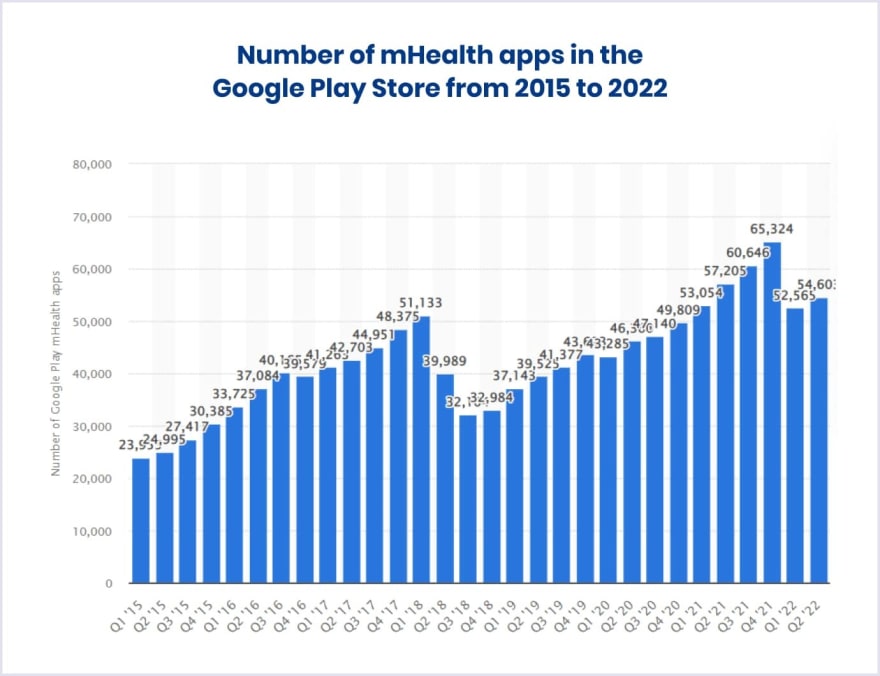

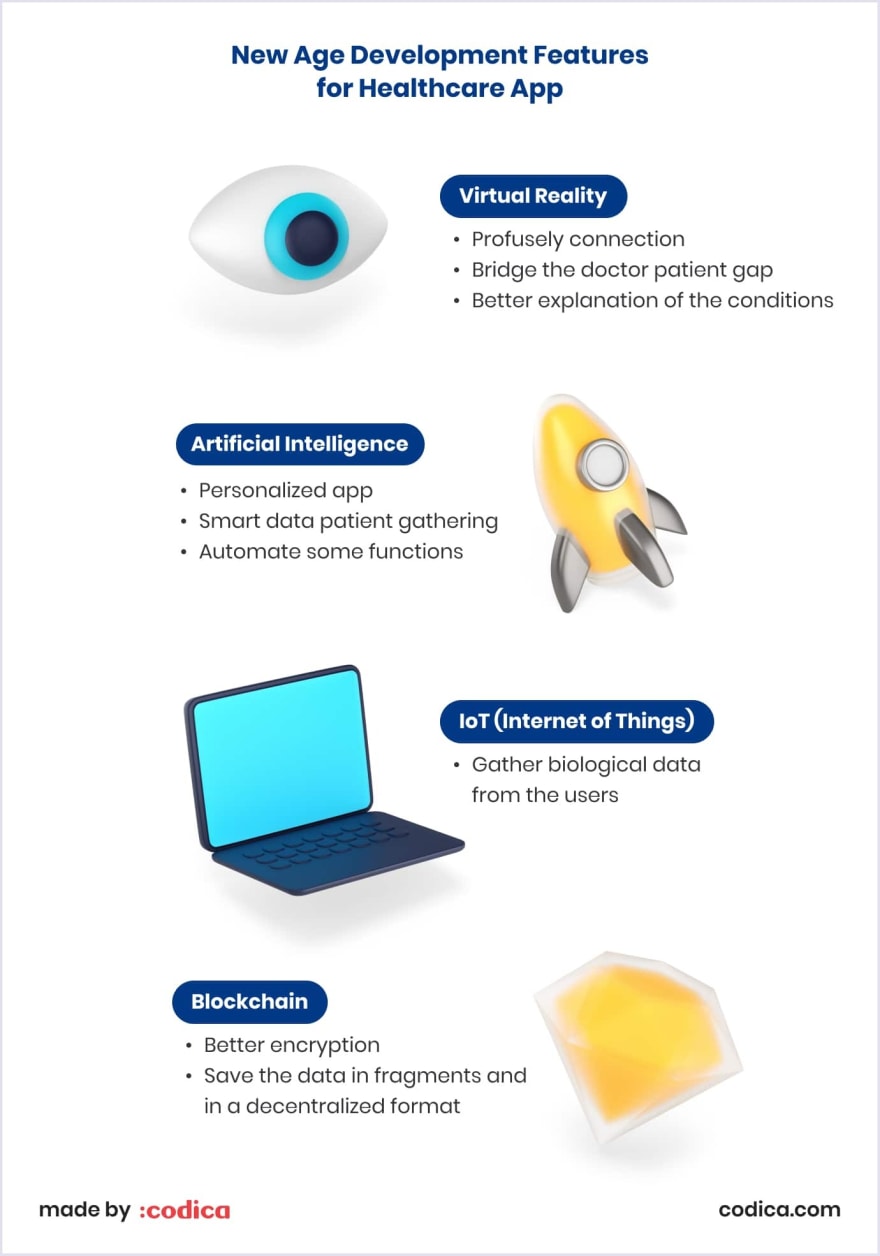
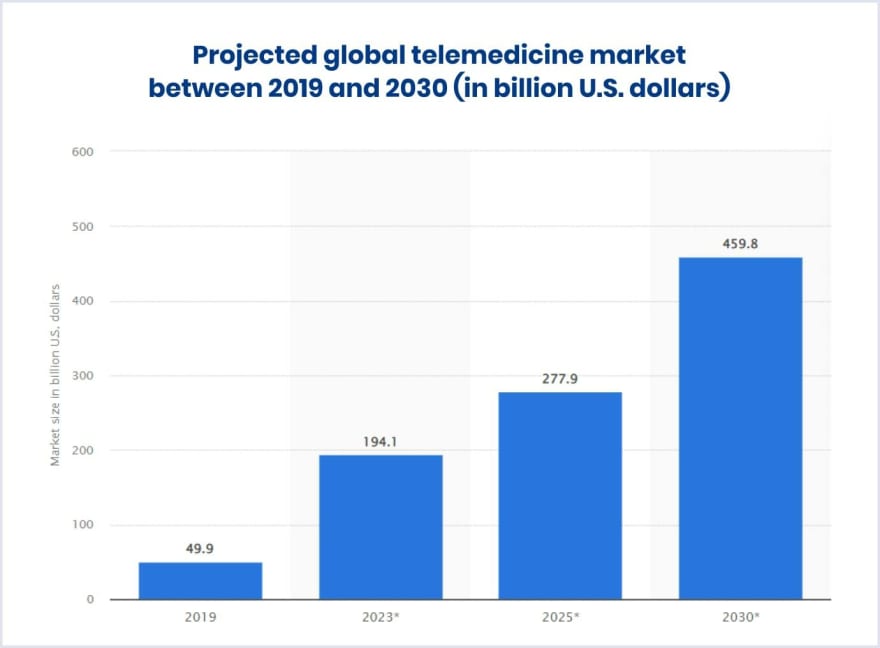
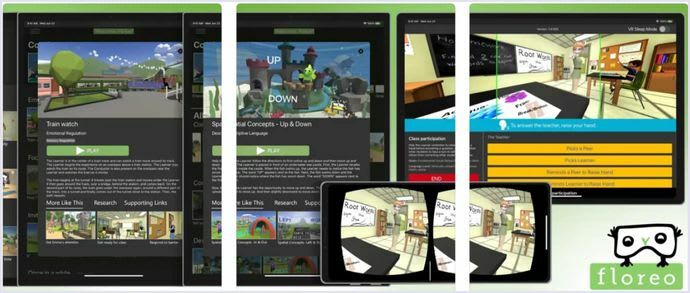
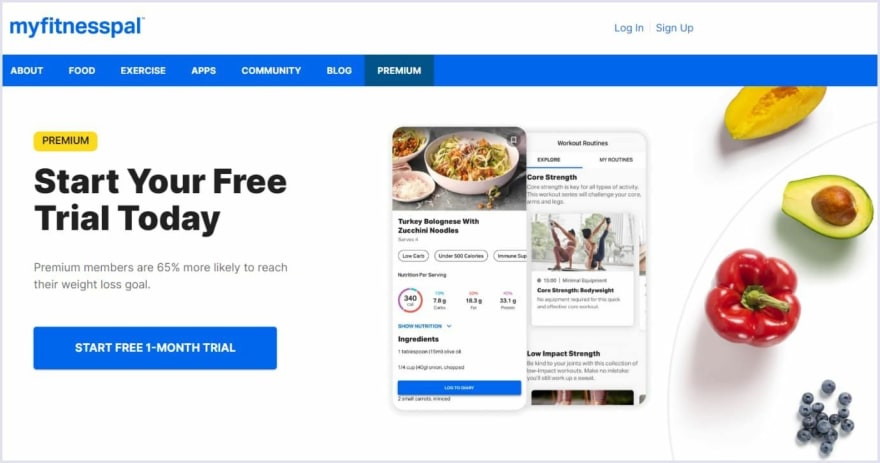
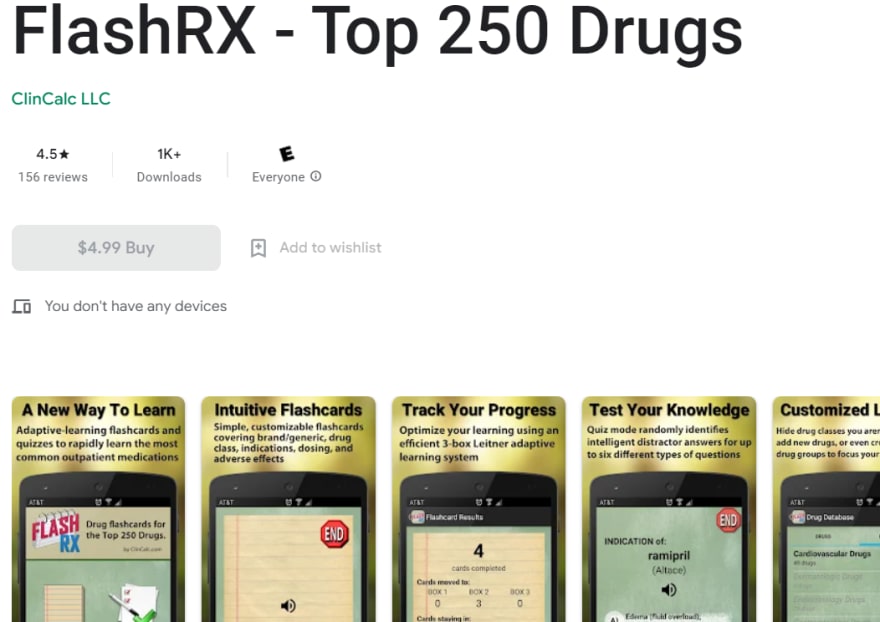

Top comments (7)
The discussion on healthcare app development is absolutely timely! Especially in healthcare where the impact is direct and tangible. On that note, the insights from sceyt.com/solutions/healthcare on enhancing real-time communication in healthcare apps really strike a chord, I think. Seamless communication can bring positive changes to business and make it more customer-oriented. Integrating such features can significantly uplift the quality of care and patient satisfaction. It’s all about making healthcare more accessible and efficient, and it's exciting to see tech play such a pivotal role in this transformation.
This article offers a thorough and insightful guide to healthcare app development! It's packed with valuable information on essential features, legal aspects, and emerging trends. In such a rapidly evolving industry, understanding these key elements is crucial for creating impactful apps. Many of the top healthcare mobile app developers are implementing these approaches to deliver innovative solutions. Thanks for sharing such a helpful resource!
This article is a fantastic resource for anyone involved in healthcare app development. It covers the essential features, approaches, and tips you need to know. If you're like me and you're searching for a dependable healthcare app development company to partner with or seeking high-quality healthcare application development services, I highly recommend clicking on the provided link. It's essential to choose the right partner in this rapidly evolving field, and this article can point you in the right direction. Thanks for sharing this valuable information!
Thanks for sharing this informative article. A must-read for anyone interested in healthcare app development.
Some comments may only be visible to logged-in visitors. Sign in to view all comments.